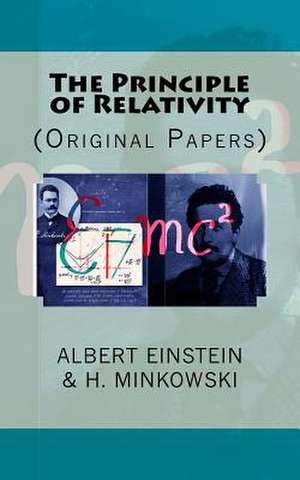The Principle of Relativity
Autor Albert Einstein, Hermann Minkowski Traducere de M. N. Sahaen Limba Engleză Paperback
Preț: 113.10 lei
Nou
Puncte Express: 170
Preț estimativ în valută:
21.65€ • 23.52$ • 18.20£
21.65€ • 23.52$ • 18.20£
Carte indisponibilă temporar
Doresc să fiu notificat când acest titlu va fi disponibil:
Se trimite...
Preluare comenzi: 021 569.72.76
Specificații
ISBN-13: 9781505951899
ISBN-10: 1505951895
Pagini: 250
Dimensiuni: 127 x 203 x 14 mm
Greutate: 0.27 kg
Editura: CREATESPACE
ISBN-10: 1505951895
Pagini: 250
Dimensiuni: 127 x 203 x 14 mm
Greutate: 0.27 kg
Editura: CREATESPACE
